Secret Facts From Behind the Scenes of Bonanza
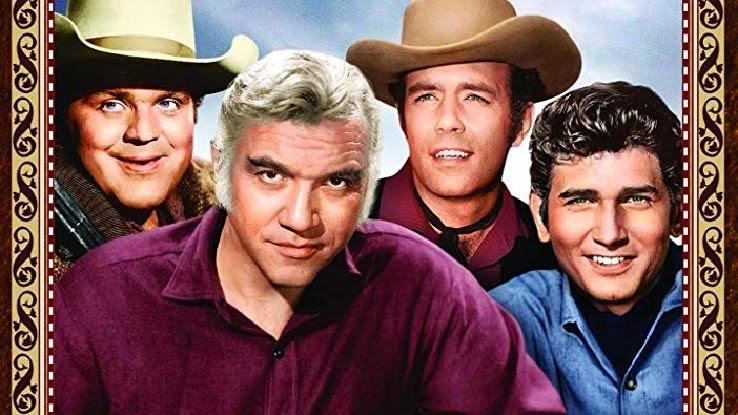
From the late 1950s to the early 1970s, Bonanza was the epitome of the American western on television. With over 400 episodes to its name, the hour-long drama followed the adventures of Ben Cartwright and his boys as they try their darndest to defend their ranch and the surrounding community in the heyday of Nevada’s Wild West frontier. Despite ending over 45 years ago, behind-the-scenes secrets about this classic western series continue to be revealed.
A ‘Bonanza’ of Accolades
With 14 seasons over as many years, NBC’s Bonanza ranks as the second-longest-running western series on a U.S. network television, second only to CBS’s Gunsmoke, which aired over 600 episodes between 1955 and 1975. Even after all these years, it remains in the top 10 longest-running live-action American shows ever.
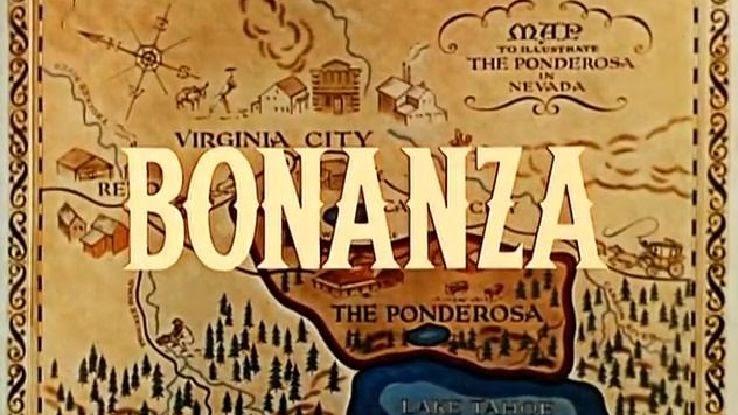
Today, the show continues to air in syndication across multiple networks. It’s still just as beloved now as it was then — T.V. Guide called it the 43rd greatest show of all time back in a 2013 retrospective.
Little Joe’s Little Helper
Bonanza‘s main cast is comprised of Ben Cartwright, played by Lorne Greene, and his three adult sons: Adam, Eric (nicknamed Hoss) and Joseph (also known as Little Joe). Each boy had a different mother, and each mother had a very different heritage — English, Swedish and French Creole, in that order.
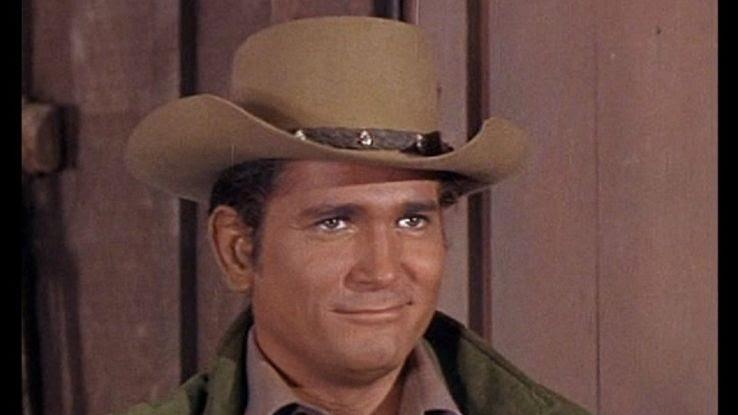
As the youngest, Little Joe was always the most volatile and contentious. What many don’t know is that even with his small stature, the actor playing Little Joe — Michael Landon — wore shoes that added four inches to his height.
A Second Run (Under a Different Name)
Many popular shows have a second life as reruns, either on their home network or another on. It’s true of Seinfeld, it’s true of Law & Order, and it’s even true of older shows like Bonanza.
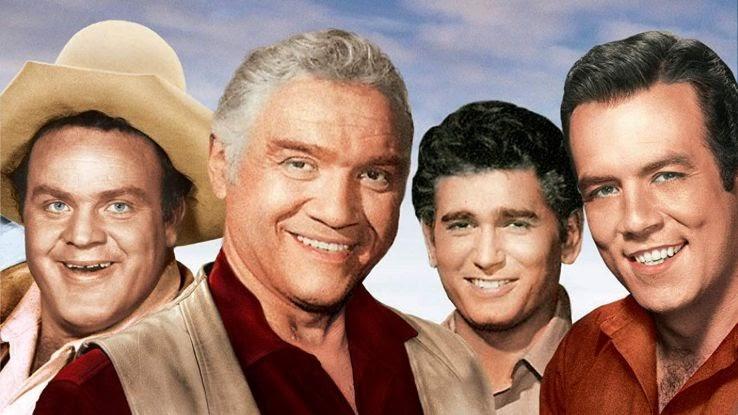
Normally, however, shows air again under their original name, because of course they do. Bizarrely, that wasn’t always the case with Bonanza, which ran in the summer of 1972 under the name Ponderosa. Who knows if anyone was actually tricked, but NBC certainly tried.
Eric’s Eateries
Speaking of which, “Ponderosa” wasn’t just the name of the Cartwrights’ ranch and a rebrand of the show; it was also the name for a combination buffet and steakhouse inspired by the show.
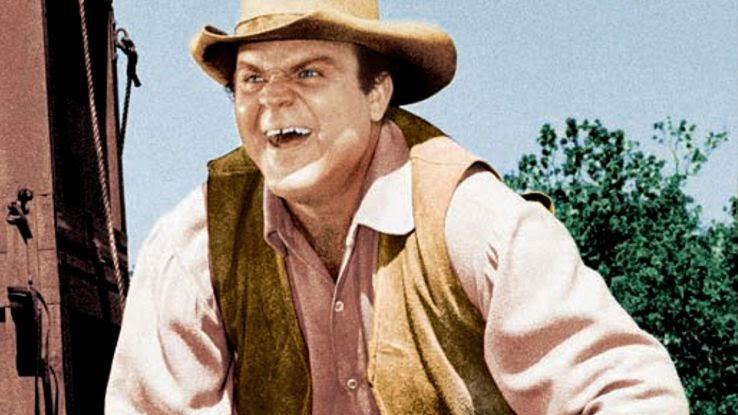
Dan Blocker, the actor who played Hoss on the show, became part owner of a restaurant chain called Bonanza in exchange for appearing in character as the company’s spokesman. A similar chain, Ponderosa, sprung up shortly thereafter, and eventually, the two companies merged.
Ben’s Bonanza Blunder
At the start of Bonanza‘s epic run, the main four actors were essentially nobodies. That meant they often had to do their own stunts during the more action-packed episodes instead of relying on more expensive stunt doubles.
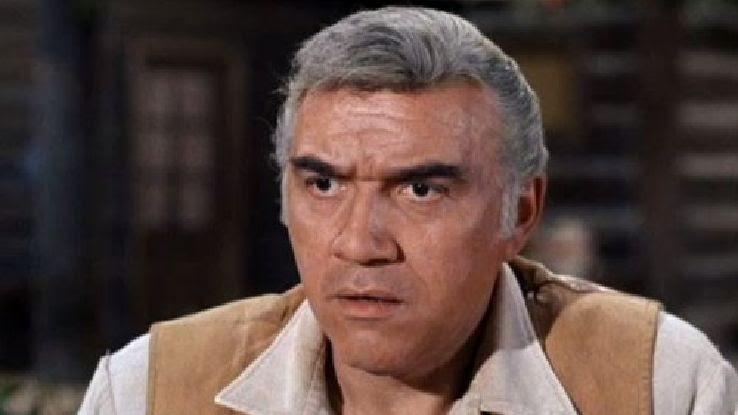
During one particular stunt, actor Lorne Greene had to jump from a ledge and into a lake below. Once he was submerged, the cast and crew noticed his hairpiece float up. His hand shot up, grabbed the wig, and affixed it back slightly crooked.
Pernell Roberts’ Bad Timing
It’s not uncommon for a series’ main actor to want to leave the show after a certain point. Sometimes contracts run out and better opportunities become available, while other times, disagreements between talent and management make the show itself seem less appealing.
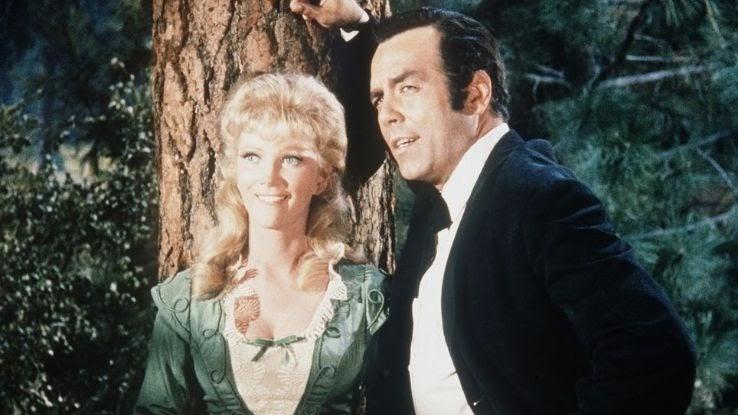
Pernell Roberts, the actor who played son Adam, was unhappy with the show’s direction and writing, especially the show’s reliance on racial stereotypes and use of white actors to play nonwhite roles. Fellow actor Lorne Green tried to persuade him to stick with it, but Roberts left anyway, right around the 200-episode mark. His character went abroad to manage the family’s interests and never returned to the show.
Bonanza Family Drama
Michael Landon, the actor behind Little Joe Cartwright, liked to go on talk shows and tell stories about the other cast members. He made no secret of his animosity toward Pernell Williams in particular, and the feeling was very much mutual.
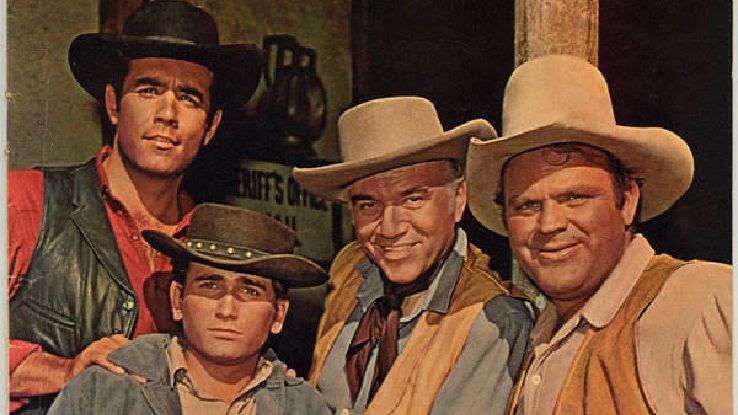
He often claimed that Roberts refused to speak to Landon for the first few years whenever the cameras weren’t rolling. Both actors also publicly insulted each other’s acting ability. So much for the Cartwrights being one big, happy family!
Saturday Slump
Placing a show within a network’s crowded weekly schedule can be one of the most difficult parts of getting a television program off the ground. The programmers have to take into consideration the genre and tone of the show and try to put it with similar programs if they want to find the perfect audience.
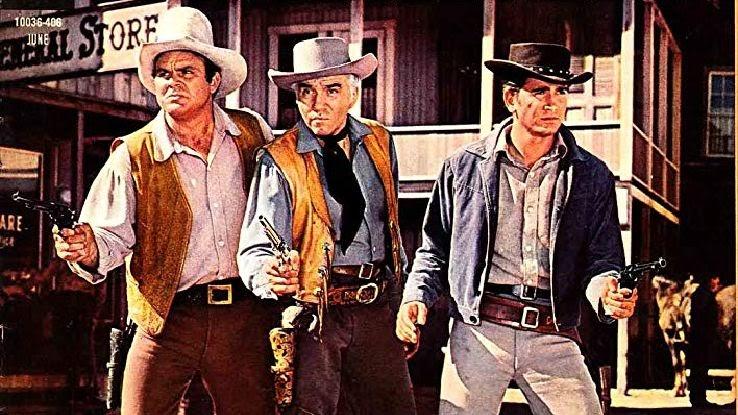
Bonanza struggled until NBC put it on Sunday nights at nine — a slot usually designated for failing shows. Despite other shows’ misfortune there, Bonanza managed to soar up to never-before-seen heights.
Landon vs. Everybody Else
Michael Landon was not the most amicable co-star on the set of Bonanza. In addition to being a gossip and constantly feuding with Roberts, Landon also seemed to go out of his way to give the rest of the crew trouble.
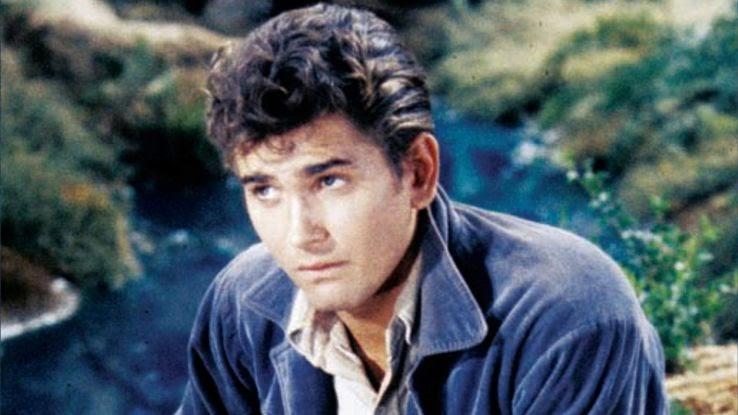
No matter what the scene, Landon always had to put up a fight with the production crew. From the director to the sound guys to the lighting crew, he constantly argued over ever decision that was made, no matter how small.
Entry Level Salaries
At the start of production, NBC and the cast and crew were unsure of whether or not Bonanza would ever make it off the ground. With CBS’s Gunsmoke already four years strong at that point, the best they could do was hope guest stars would bring in viewers.
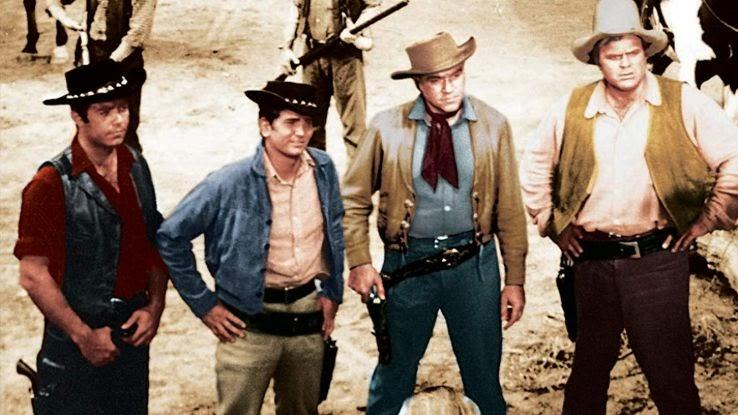
As such, those guest stars actually received bigger paychecks than the Cartwrights for the first few seasons. The logic was that since the guest stars were recognizable and the main cast was not yet on their level, they were bringing more to the show.
A Very Different Theme Song
The Bonanza theme song was written by Jay Livingston and Ray Evans, and it’s undoubtedly one of the most iconic aspects of the show. Bonanza loyalists can name after just a few notes.
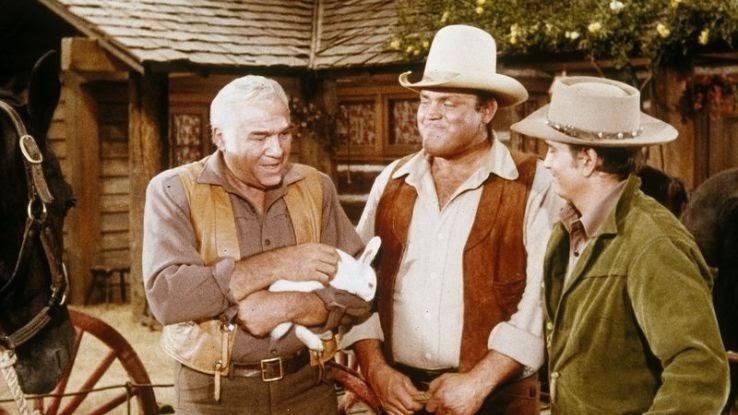
Surprisingly, the instrumental song actually has lyrics. Even more surprising is the fact that there is footage of the four Cartwright men singing those lyrics for the pilot. It was eventually cut, but the footage exists. It was also later covered by musicians like Johnny Cash, Nelson Riddle and Valjean.
Just Plain Bad Luck
It’s common for lead characters on television shows to end up in a relationship at some point. A good “will they, won’t they” plotline can bring in viewers by the boatload, as Rachel and Ross in Friends certainly proved. Bonanza wasn’t interested in pursuing that angle, however.
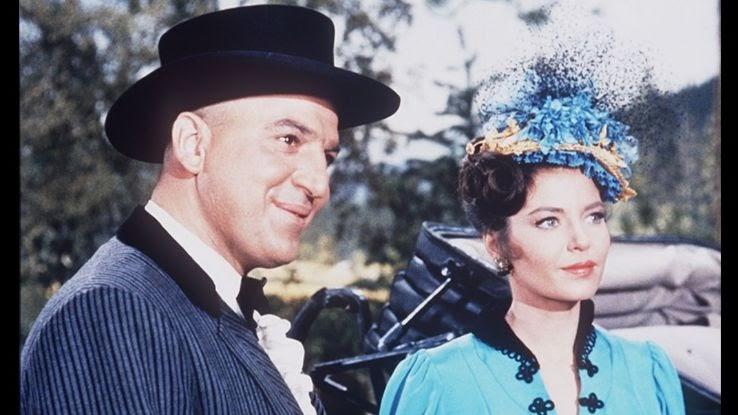
The women in Bonanza had an unfortunate tendency to die or leave. While it certainly made it easier to keep episodes self-contained and avoid guest star scheduling issues, there’s no doubt that the Cartwrights made for some terrible dating material.
Changing the Visitor’s Policy
Early on in any given show’s run, it’s not out of the ordinary for the writers and the producers to iron out the kinks as the first seasons progress. From character traits to important backstories, it takes a bit for the show’s direction to become apparent.
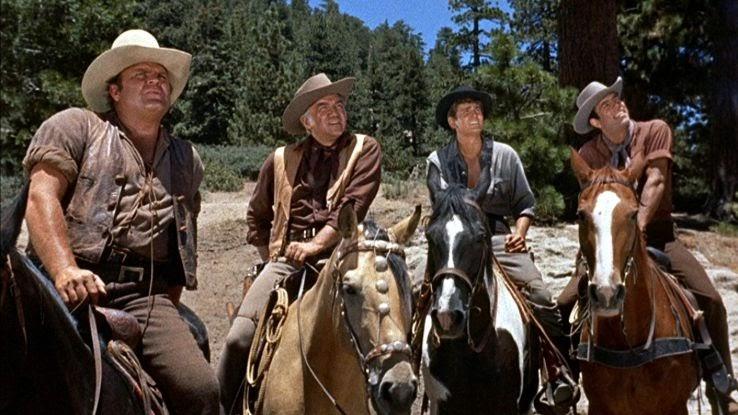
In Bonanza‘s case, the Cartwrights were initially hostile toward visitors who came to their Ponderosa ranch. Lorne Greene argued that they should instead welcome them as part of the community because they ran a business, and producers agreed.
The Wardrobe Department (or Lack Thereof)
You’d expect a show’s production budget to increase as it becomes more successful, not shrink. Nonetheless, that’s exactly what happened on Bonanza. From the third season onward, they got more stingy with their wardrobe budget.
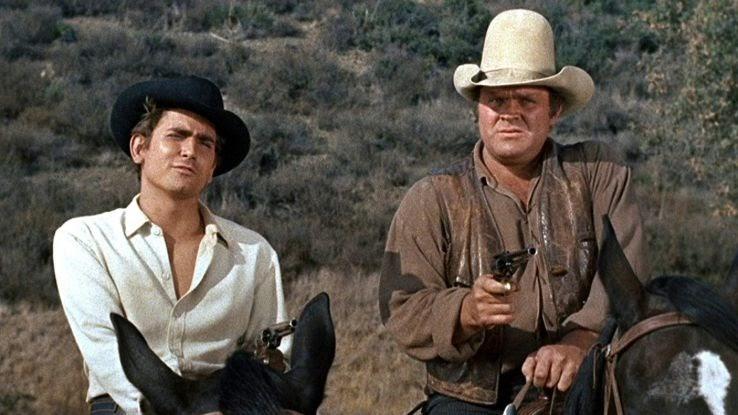
It wasn’t entirely about saving money — it was mostly due to the rapid shooting schedule. If the characters wore the same clothes each episode, editors could reuse footage of actors riding from one location to the next to save time and money during the busy days on set.
The Cartwright Family’s Secret
While Lorne Greene’s floating hairpiece remains one of the funniest behind-the-scenes stories from the set of Bonanza, the truth is that almost every single man to grace the screen struggled with some sort of hair problem or another. From wigs to dye jobs, no man was safe.
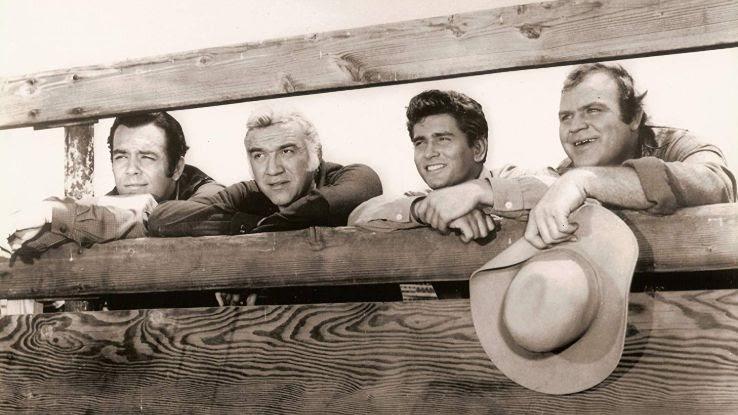
Greene, Pernell Roberts and Dan Blocker all wore toupées for at least a portion of the show’s shoot, while Victor Sen Yung wore hair extensions. The only Cartwright without a wig was Michael Landon, but he dyed his hair.
Directionally Challenged
Bonanza‘s iconic opening title sequence ends with an image of a map of Nevada catching fire and burning up. The show’s key locations were there — Ponderosa Ranch, the lake, Virginia City and so forth — but the map originally lacked compass directions.
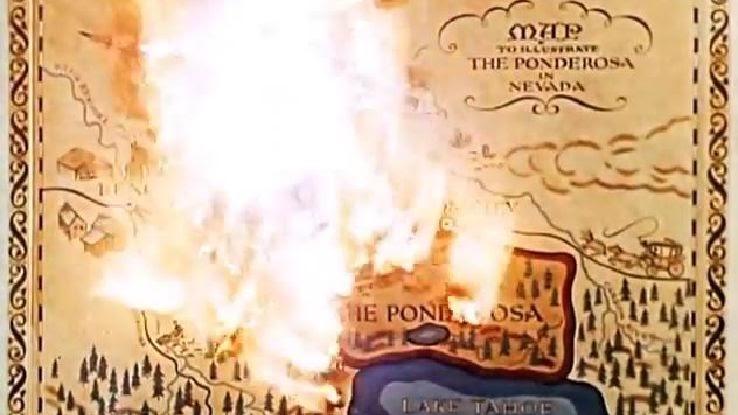
To amend this, David Dortort added north, south, east, and west to the upper left corner of the map. Some viewers still complained because the points seemed lopsided, but they’re actually pointing to magnetic north, instead of the more common true north.
Pernell Roberts Takes a Stand
As demonstrated by the recent launch of Disney+ and the content warnings it attached to many movies and programs from the mid-20th century, television of yesteryear often wasn’t concerned with accurately portraying people who weren’t white Americans.
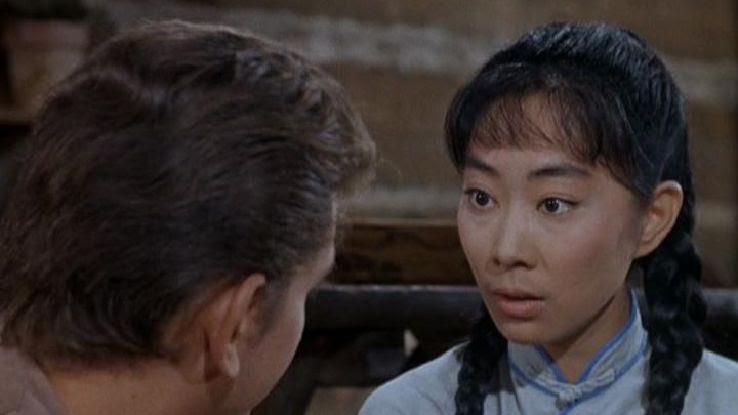
It’s easy to say that it was simply a different time, but actor Pernell Roberts took issue with racist depictions of minorities on Bonanza even in the mid-60s. His efforts to persuade the showrunners to handle such characters in a more realistic and dignified manner was commendable, but ultimately the writers prevailed.
A Nonsensical Sponsor
Even shows that take place in the mid-1860s need to have ad sponsors. That’s just how television works. Sponsors help fund the show, and the show helps drive up their sales. Bonanza was no exception
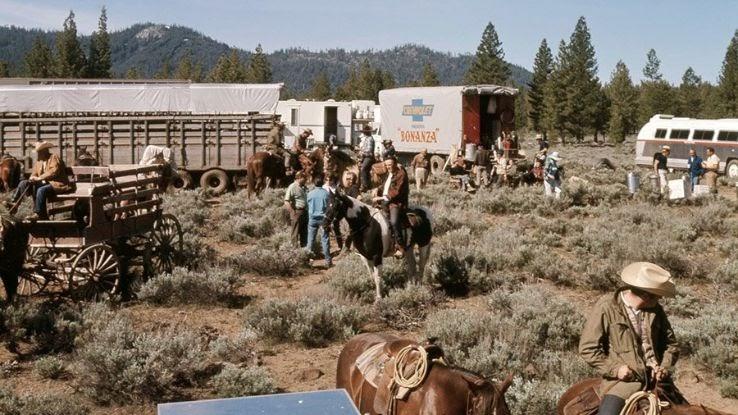
For whatever reason, Chevrolet decided to sponsor Bonanza. Now, Chevrolet wasn’t exactly around in the late 1800s, but that didn’t stop them from sticking with the show for most of its record-breaking 430-episode run. Stars of the show also appeared in Chevy commercials.
60s Series Should Stick Together
While the current TV era is undeniably booming, the 1960s were just as significant for the medium of television. New genres were constantly being pioneered, and in an effort to connect old audiences to new shows, crossovers were common.
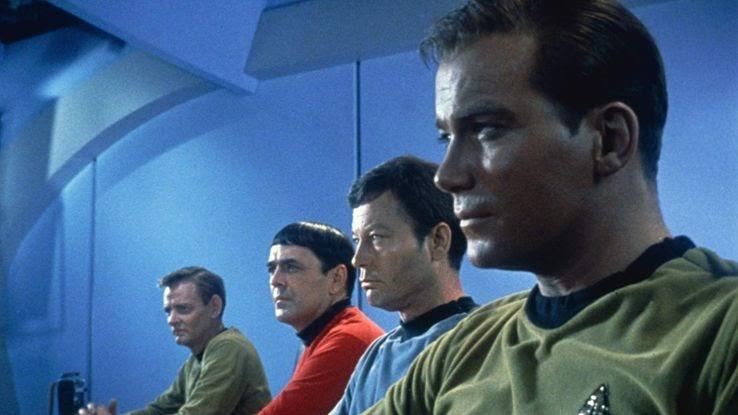
Many stars of the seminal sci-fi program Star Trek: The Original Series guest-starred on Bonanza. Leonard Nimoy, William Shatner, Nichelle Nichols, Grace Lee Whitney, George Takei, Majel Barrett, DeForest Kelley, James Doohan and Walter Koenig all made guest appearances.
Groundbreaking Production Techniques
Bonanza came into being at an opportune time for television: right when shows were transitioning from black and white to color. While Bonanza wasn’t the very first show to be filmed entirely in color, it ended up being the first television program to air completely colorized episodes from start to finish.
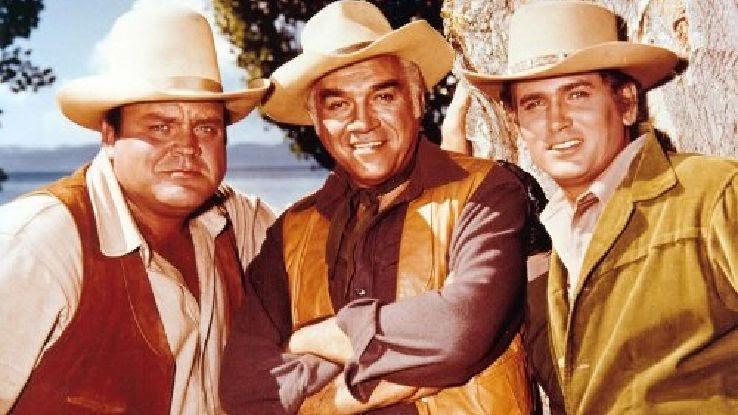
In fact, the show’s colorization actually saved it from early cancellation. When its initial ratings weren’t so hot, television executives considered scrapping it, but because it was one of only a few shows filmed in color at the time, they kept it on, and the rest is history.
Looking for Little Joe
Before Michael Landon was finalized as Little Joe Cartwright, producer David Dortort was in search of a different actor to play the part. He had seen Landon audition, but something didn’t feel right to him. He decided to see some other actors before making a final decision.
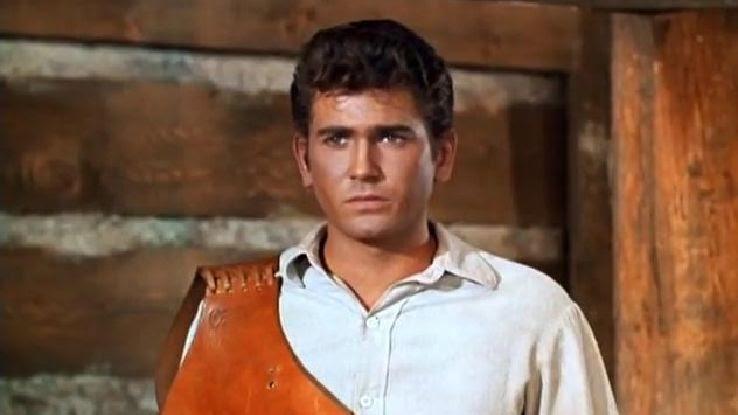
Dortort was impressed by Robert Blake and Rovert Fuller and was leaning toward one the two of them, but his wife picked up Landon’s picture and encouraged him to choose the young actor despite his initial reservations.
The Show’s Unique Writing Style
Anthony Lawrence was in a unique position when he was brought on as a writer for Bonanza: He had no idea how to write authentic western scripts. Luckily, producer David Dortort had an unorthodox solution.
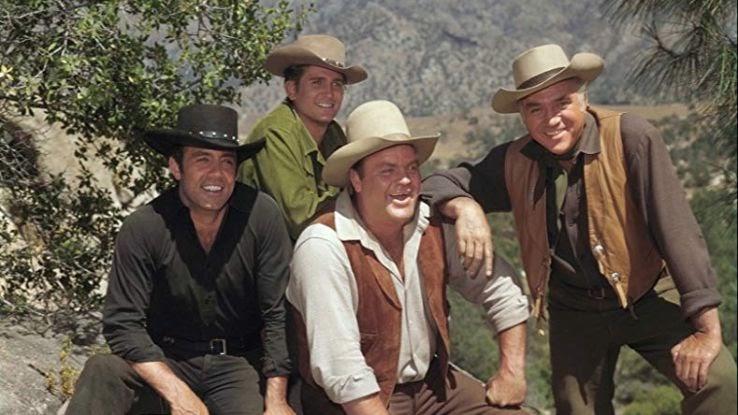
Dortort told Lawrence that instead of trying to emulate the western genre, he should focus on relationships between characters instead. The strong bonds between characters like the Cartwright sons and their father became what the show was known for instead of stereotypical western plots and themes.
Legal Mishaps
Copyright is a big deal in the world of television. It ensures the people who made a show get a cut of not just new episodes, but every rerun as well. While copyright is strictly protected today, that wasn’t always the case in the early days of television.
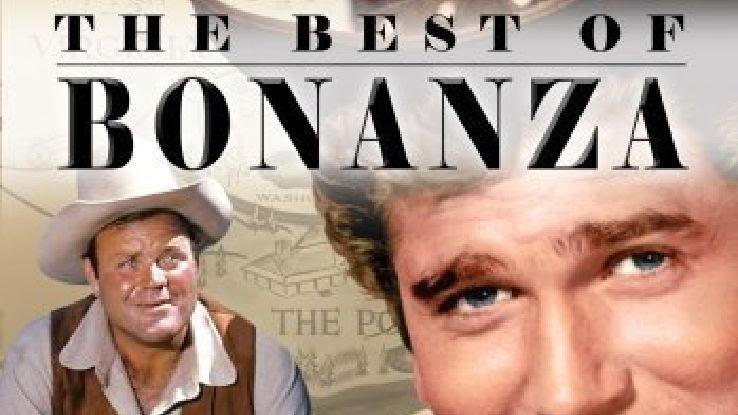
The companies that owned shows like The Andy Griffith Show and The Beverly Hillbillies often failed to renew their copyrights. In the case of Bonanza, 31 episodes accidentally entered the public domain. As a result, legal knockoff collections were made by other companies — all they needed to do was replace the copyrighted theme song.
Success Around the World
While Bonanza is a very American show given that it takes place during and after the Civil War in the American frontier, NBC’s hit western was a success in seven languages and 49 countries around the world, including everywhere From Brazil and France to Saudi Arabia and Japan.
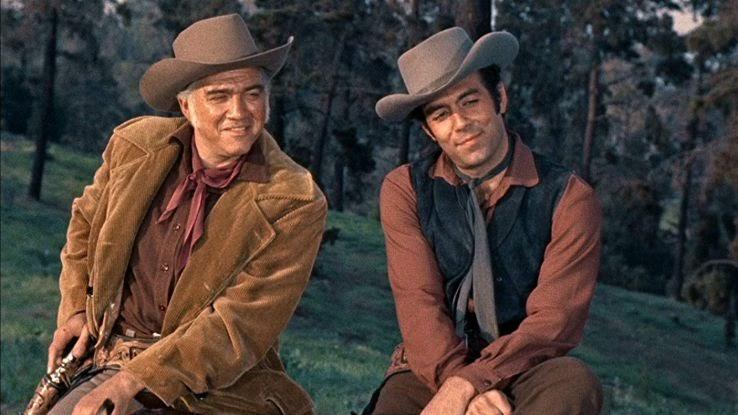
In fact, one of the most thrilling episodes in the entire 430-episode-long run, the two-part “Ride the Wind,” was played internationally as a feature-length film. Thanks to the show’s hour-long running time, the two parts made for a natural movie.
Replacing Pernell Roberts
When Percell Roberts left the show in the mid-1960s, the most urgent issue facing producers was filling the central character’s absence. Do they recast the character and hope audiences suspend disbelief, or do they decide to introduce a new character and hope they’re liked?
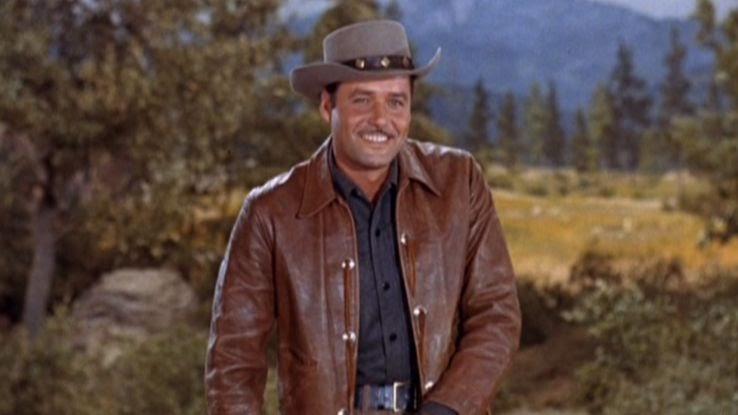
Bonanza opted for the latter with the introduction of Will Cartwright, a long-lost cousin of the leads played by Guy Williams. After just five episodes, however, the character was written off the show. Reportedly, Michael Landon was simply too jealous of the actor’s good looks and popularity.
The Influence of ‘Bonanza’ Decades Later
Twenty years after Bonanza went off the air, Star Trek: Deep Space Nine premiered. At first glance, the two couldn’t have been more different — one took place in the Wild West in the 1860s, while the other was set centuries later in a science fiction future.
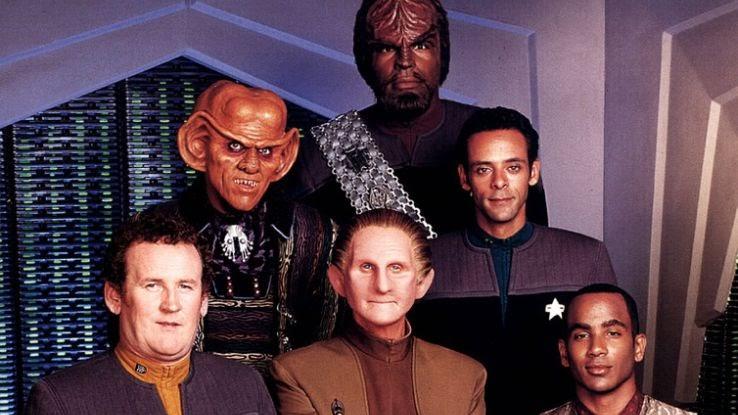
However, there’s been speculation that the former show may have influenced the latter. Both shows depicted a close-knit group facing weekly moral challenges, and many actors and even writers worked on both series.
Writing in a Real-Life Tragedy
When an actor passes away, television writers must make a decision: do they address the issue head-on, or do they adapt the show to cover for that character’s absence?
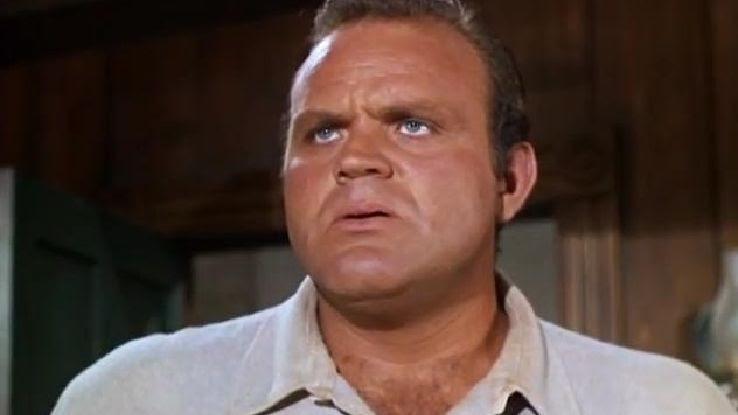
When Dan Blocker died before filming of the final season commenced, the writers decided it was best to kill off his character rather than simply move him away from the setting of the show as they did with Pernell Roberts’ character. It was the beginning of the end for Bonanza.
Lorne Greene’s Rebranding
Before Lorne Greene was the amiable Ben Cartwright, he had the far more serious task of being principal newsreader for the Canadian Broadcasting Corporation (CBC). It was his job to share some of the most traumatic events of World War II with his native country.
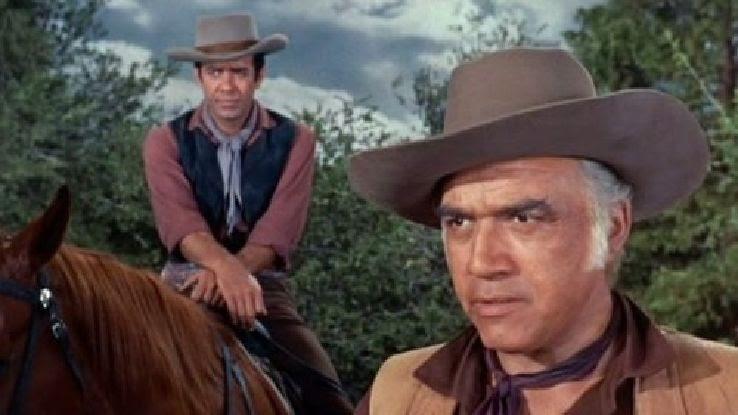
While the CBC referred to him as the Voice of Canada, his deep tone and role in reading the list of soldiers killed in action led to him being nicknamed the Voice of Doom instead. Needless to say, Bonanza was probably a welcome change of pace.
Big Bucks
Fom paying stars less than guests to reusing wardrobes and footage, Bonanza certainly found ways to lower production costs. However, this wasn’t out of simple cheapness. Surprisingly, Bonanza was an exceptionally expensive show to make.
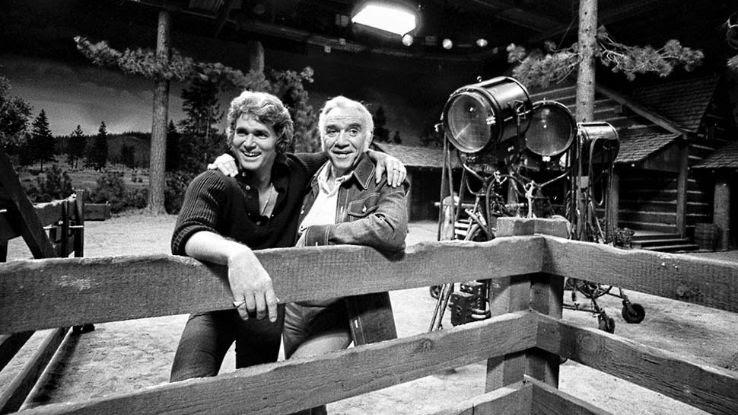
Each of the 430 episodes had a budget of between $100,000 and $150,000. That comes out to roughly $50 million in production costs over the course of 14 years. If you adjust for inflation, that number jumps up ten times to $500 million.
Other Iterations of the Show
In the many decades since Bonanza came to an end, the show has continued to inspire devotion from fans. Because of this loyalty, viewers were given several opportunities to return to Virginia City.
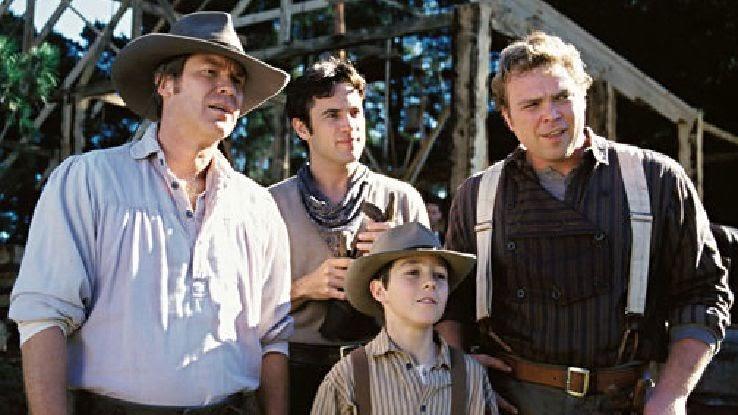
First, there was the sequel TV movie Bonanza: The Next Generation followed by Bonanza: The Return a few years later and then Bonanza: Under Attack. Additionally, there was a single-season prequel series, Ponderosa, that tried to revive the show for contemporary audiences in 2001.





